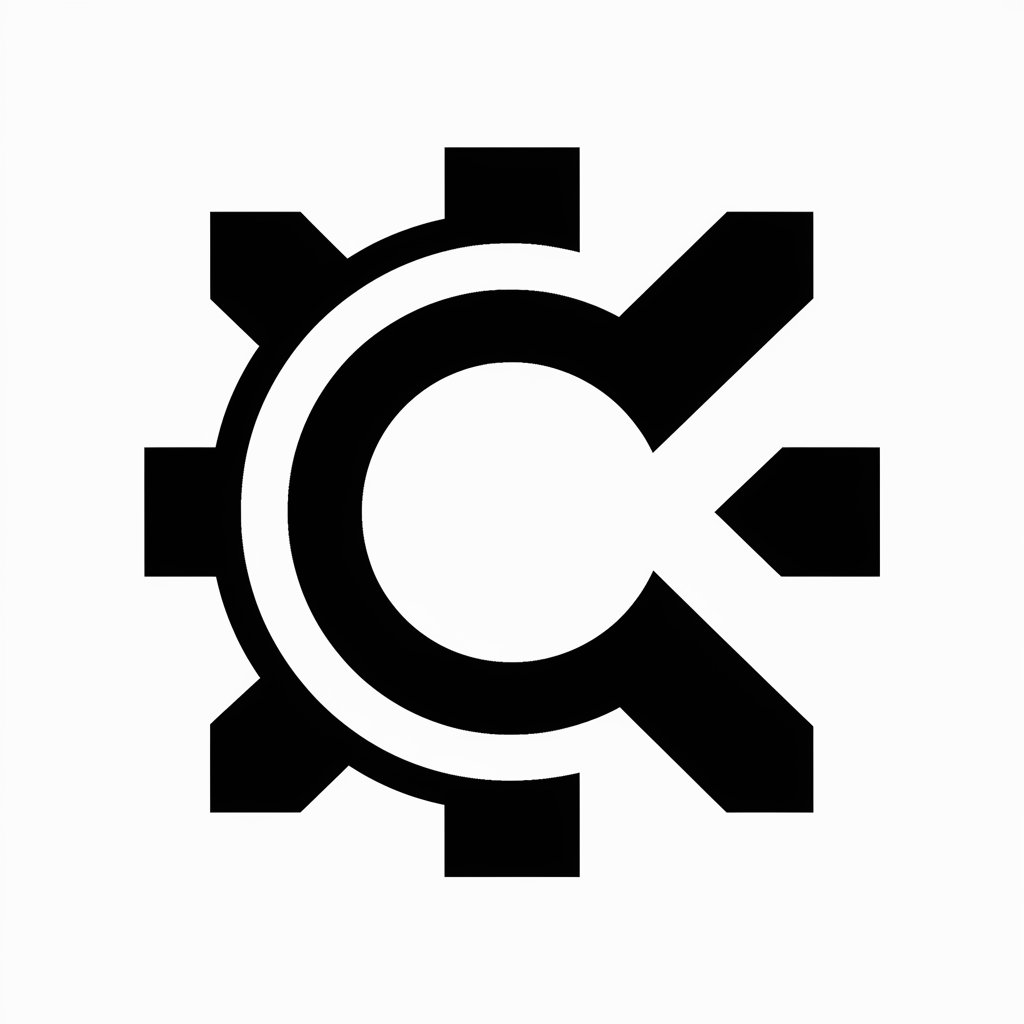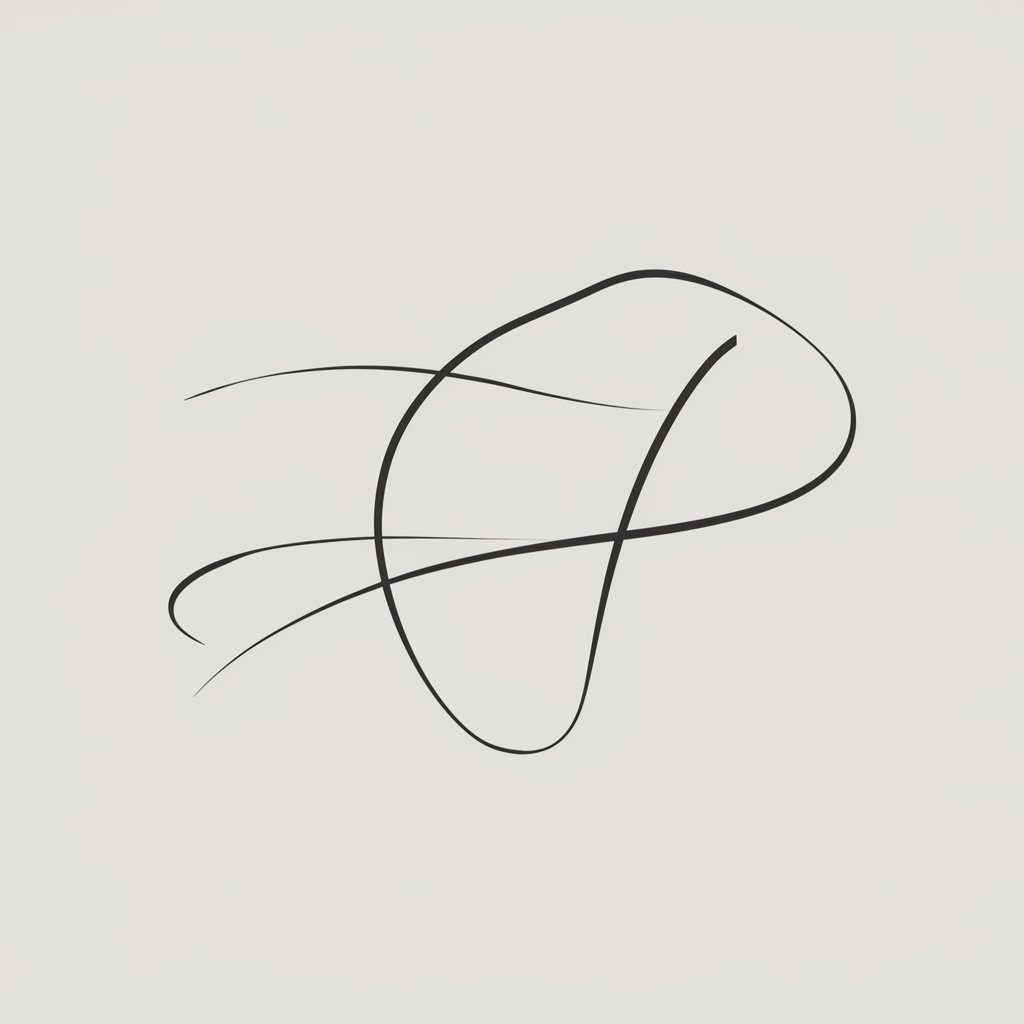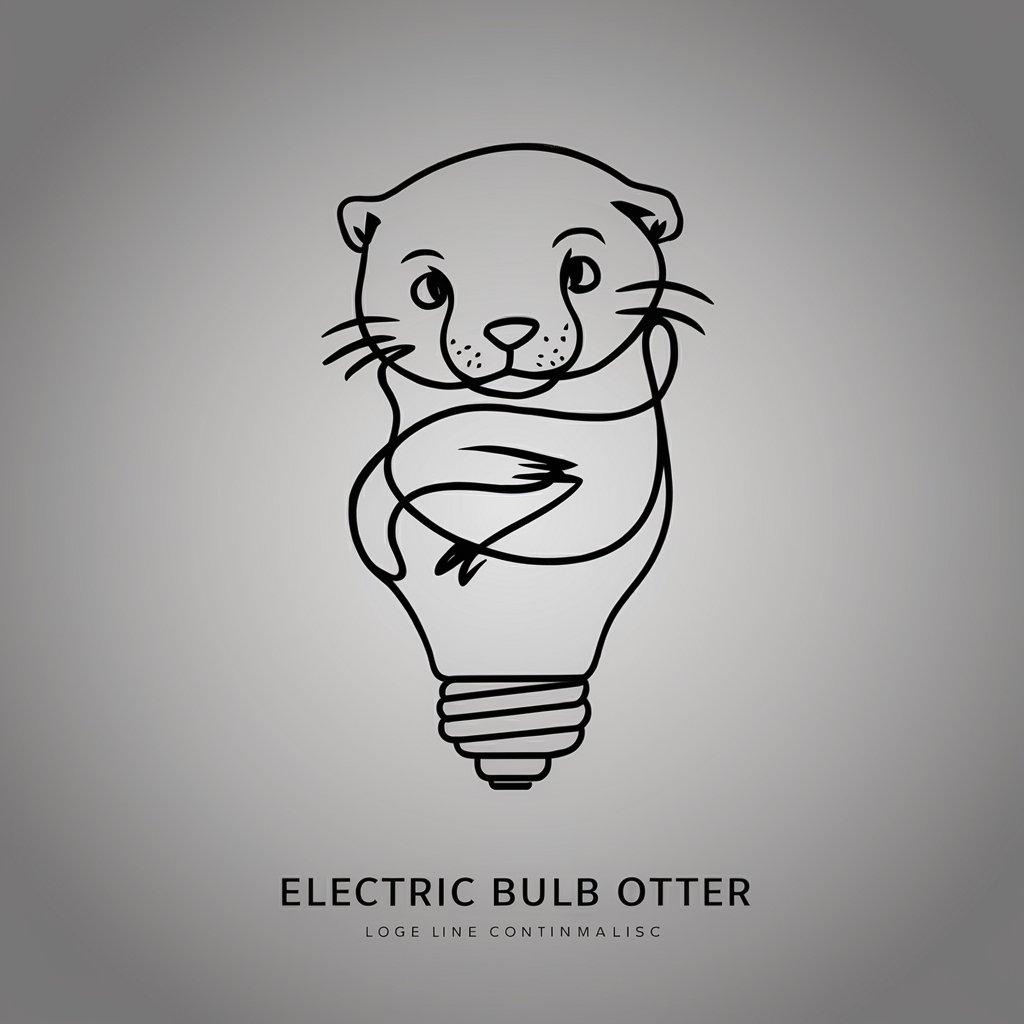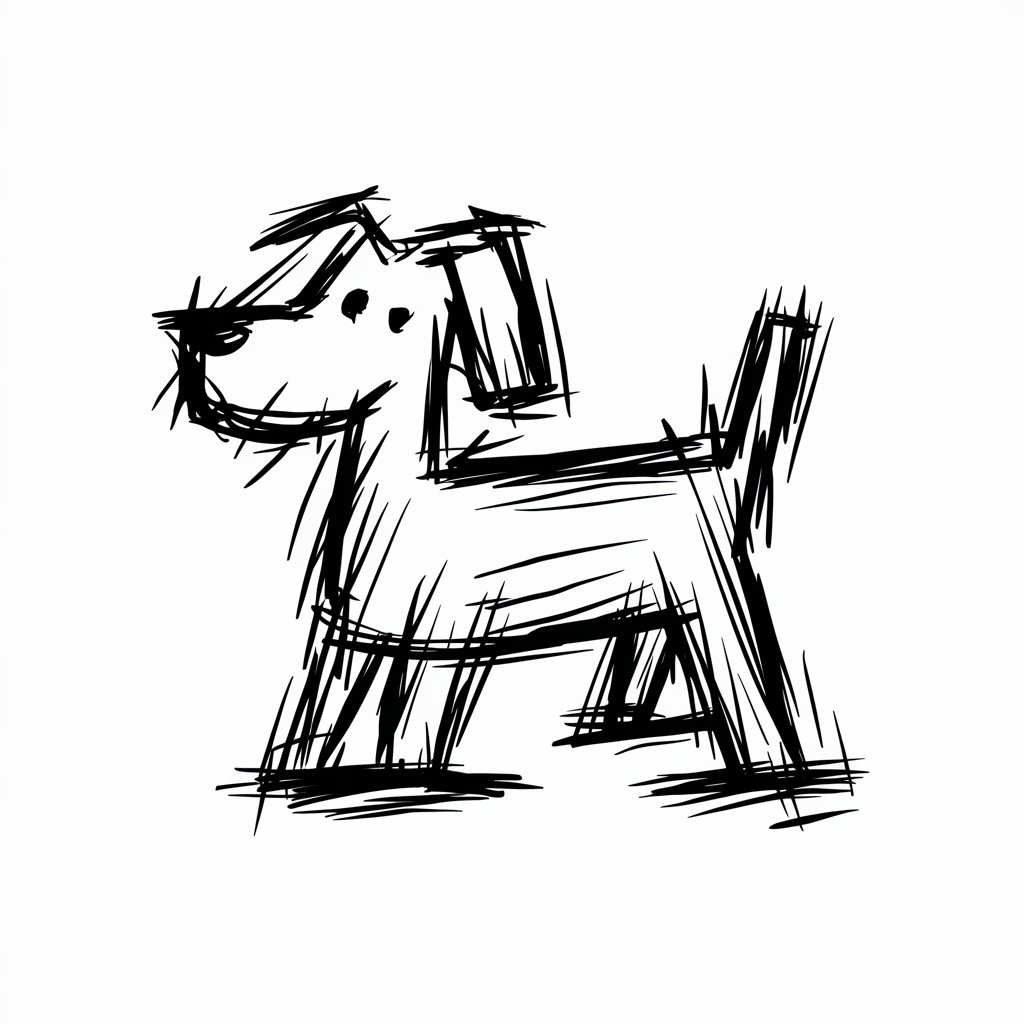4 GPTs for Minimalist Art Powered by AI for Free of 2025
AI GPTs for Minimalist Art refer to a subset of generative pre-trained transformers that are specifically optimized or developed for tasks within the minimalist art domain. These AI tools leverage the power of GPT's natural language processing and generation capabilities to understand, interpret, and create content that aligns with the principles of minimalist art. This includes generating descriptions, critiques, or even creating minimalist artwork through text-to-image processes. The relevance of these tools in the minimalist art context lies in their ability to provide nuanced, tailored solutions that adhere to the minimalist ethos, which values simplicity, clarity, and essence over complexity and ornamentation.
Top 4 GPTs for Minimalist Art are: SVG Magic,It's a thin line,Electric Bulb Otter,One-stroke painter
Essential Attributes of Minimalist Art AI Tools
AI GPTs designed for Minimalist Art offer unique features that set them apart. These include advanced natural language understanding for art critique generation, the capability to generate minimalist art through text descriptions, and adaptability in creating content ranging from simple to intricate minimalist designs. Special features might also encompass language learning for multilingual support, technical assistance for art creation software, web searching for minimalist art trends, image creation with specific minimalist aesthetics, and data analysis to understand minimalist art preferences and trends.
Who Benefits from Minimalist Art AI GPTs
These AI tools cater to a wide audience, including art novices interested in learning about minimalist art, developers seeking to integrate minimalist aesthetics into their projects, and professionals within the art industry looking for innovative tools to streamline their creative process. The accessibility of these GPTs allows individuals without coding experience to leverage AI for art creation, while also offering extensive customization options for those with programming knowledge to tailor the tools to specific needs.
Try Our other AI GPTs tools for Free
Contemporary Design
Discover how AI GPTs are transforming Contemporary Design with tailored solutions that blend creativity with cutting-edge technology. Ideal for designers at all levels.
Cardio Training
Discover how AI GPTs for Cardio Training can transform your fitness journey with personalized workouts, real-time insights, and comprehensive health guidance.
Creative Filmmaking
Discover how AI GPTs are revolutionizing Creative Filmmaking, from scriptwriting to post-production. Enhance your filmmaking process with tailored AI solutions.
Daily Commuting
Explore AI-powered GPTs for efficient daily commuting, offering real-time updates, personalized routes, and multilingual support for an optimized travel experience.
Health Improvement
Discover how AI GPTs for Health Improvement harness machine learning to offer personalized health advice, analysis, and support, making advanced health insights accessible to all.
Allergy Consideration
Discover how AI GPTs tailored for Allergy Consideration can transform your approach to managing allergies with personalized advice and insights.
Broader Implications of AI in Minimalist Art
The integration of AI GPTs in the minimalist art sector highlights the potential for these technologies to revolutionize how art is created, interpreted, and appreciated. With user-friendly interfaces and the ability to adapt to a range of tasks, these tools not only make minimalist art more accessible but also open new avenues for creative expression and exploration.
Frequently Asked Questions
What exactly are AI GPTs for Minimalist Art?
AI GPTs for Minimalist Art are specialized AI tools designed to understand, interpret, and create content related to minimalist art, leveraging natural language processing and generation capabilities.
Can these tools generate minimalist art directly?
Yes, some of these AI tools are capable of generating minimalist art through text-to-image processes, based on descriptive inputs.
Are these tools accessible to those without a technical background?
Absolutely, these AI tools are designed to be user-friendly, allowing individuals without programming skills to use them effectively.
Can developers customize these AI tools?
Yes, developers can customize these tools for specific projects or requirements, thanks to their adaptable architecture and programming interfaces.
How do these AI tools support multilingual users?
Many AI GPTs for Minimalist Art incorporate language learning capabilities, enabling them to support and understand multiple languages.
What makes these AI tools unique for minimalist art?
Their ability to generate and interpret minimalist content specifically, understanding the nuances of minimalist aesthetics and principles.
Can these tools be integrated with existing software?
Yes, their flexible design allows for integration with existing art creation software and systems, enhancing workflow efficiency.
What future applications do you foresee for these tools in the minimalist art domain?
Future applications could include more sophisticated art generation, trend analysis, and personalized art creation based on user preferences.



